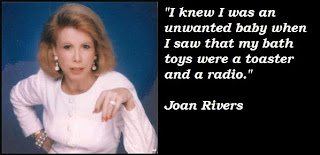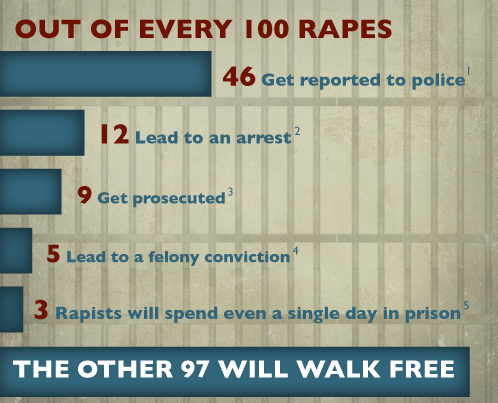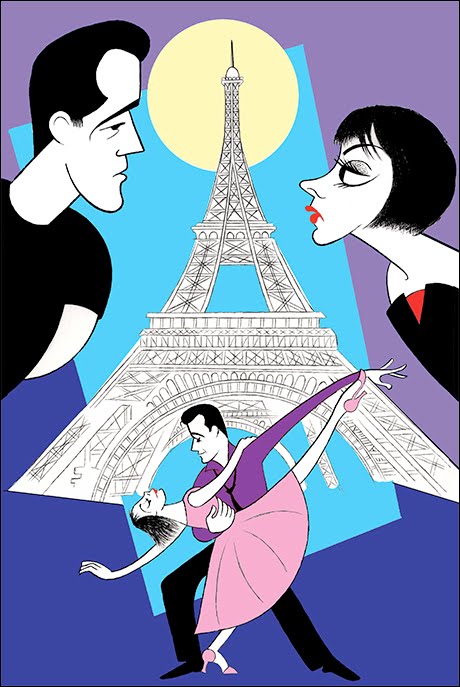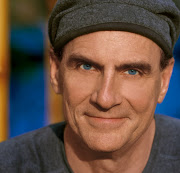Let me get this out of the way up front: I loved Joan Rivers. I really did. I followed her career since she
was on The Ed Sullivan Show -- way, way back in 1967. Watch for yourself:
Even in that early routine you could already see what was
happening. Joan Molinsky, a gutsy, irreverent fireball of a person, had
invented Joan Rivers, a character she would carry with her for the next half
century. She would streamline the
character’s delivery over time, and she would glamorize the exterior, but Joan
Molinsky was always in charge. She ran the show. By her own admission, Joan
Molinsky was a driven, goal-obsessed laser of a human being who was going to
win big. And she was going to do it via
the character she invented, Joan Rivers. She would much later in her life admit
publicly that she was probably absent too much as a mother, although certainly
loving and devoted. And she would also admit that in her adult household, her
husband and her daughter and she were always, all about “the career.”
 Whether you loved Joan Rivers as so many of us did, or not, one thing is indisputable: She was a constant voice in the American culture for
most of our lives. She was more than a comedienne. She was a cultural
commentator. That’s what comics are, really. They chronicle what we see right
in front of us, but they find a way to build joy into it. As Americans
struggled to determine what brand of extremist Sarah Palin really was, Rivers
alternately referred to her as “a Nazi,” or “retarded.” As former vice-president Dick Cheney publicly
touted the wonders and appropriateness of “enhanced interrogation techniques”
[read: “torture”], Rivers pondered his humanity by posting this on Facebook:
“I’m surprised Dick Cheney got a heart after lasting all these years without
one.” When the FBI itself was offering $25 million for the capture of Osama Bin
Laden, Rivers brought him down to size with humor: “How can we not find Osama? He’s on dialysis.
There’s one outlet in all of Afghanistan, find it and follow the cord.”
Whether you loved Joan Rivers as so many of us did, or not, one thing is indisputable: She was a constant voice in the American culture for
most of our lives. She was more than a comedienne. She was a cultural
commentator. That’s what comics are, really. They chronicle what we see right
in front of us, but they find a way to build joy into it. As Americans
struggled to determine what brand of extremist Sarah Palin really was, Rivers
alternately referred to her as “a Nazi,” or “retarded.” As former vice-president Dick Cheney publicly
touted the wonders and appropriateness of “enhanced interrogation techniques”
[read: “torture”], Rivers pondered his humanity by posting this on Facebook:
“I’m surprised Dick Cheney got a heart after lasting all these years without
one.” When the FBI itself was offering $25 million for the capture of Osama Bin
Laden, Rivers brought him down to size with humor: “How can we not find Osama? He’s on dialysis.
There’s one outlet in all of Afghanistan, find it and follow the cord.”Nothing was out of bounds, and to Rivers, there was never occasion to look at an audience and ask,“Too soon?” She survived in her battleground of an industry by being constantly topical, strictly au courant. She was one of the first comics to inject humor into 9/11. And she was roundly blasted for it in the press. As a woman who had clawed her way through a jagged, uneven career, she had
little patience with those who were famous just for being famous. She was merciless with Paris Hilton and Kim Kardashian. She had things she wanted to get off of her chest, and she early on discovered the glory of free speech. It has often been said of her that she simply said what the rest of us were thinking. That may be a bit of a stretch, but she did verbalize all that was commonly forbidden, and we laughed until we cried. You know we did. As Rivers would often say, “Oh grow up!”
I have never witnessed the outpouring of grief, internationally, for an entertainer, as I have since Joan Rivers died. And I get it. Smart people knew Joan Rivers was a finely-crafted, carefully evolved character created and managed by her inner Joan Molinsky, the plainer, softer launching pad for the fiercely driven star. Smart people knew there was a genuinely loveable core underneath the take no prisoners, seemingly ruthless exterior.
Here are three things I know for sure about Joan Rivers: 1) Joan Rivers made all of us – even those who purported not to like her brand of comedy -- laugh at ourselves and our world, for 50 years; 2) In a room full of people, Joan Rivers was among the smartest minds in the room; 3) What Joan Rivers brought to the table was nothing more or nothing less than joy.
On behalf of about a bazillion people, thank you Joan Rivers.














































